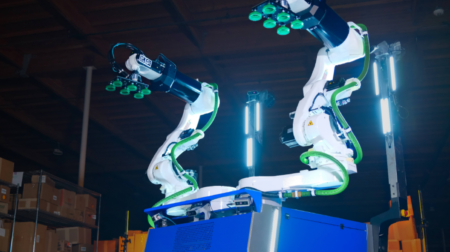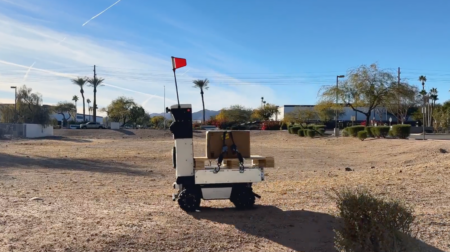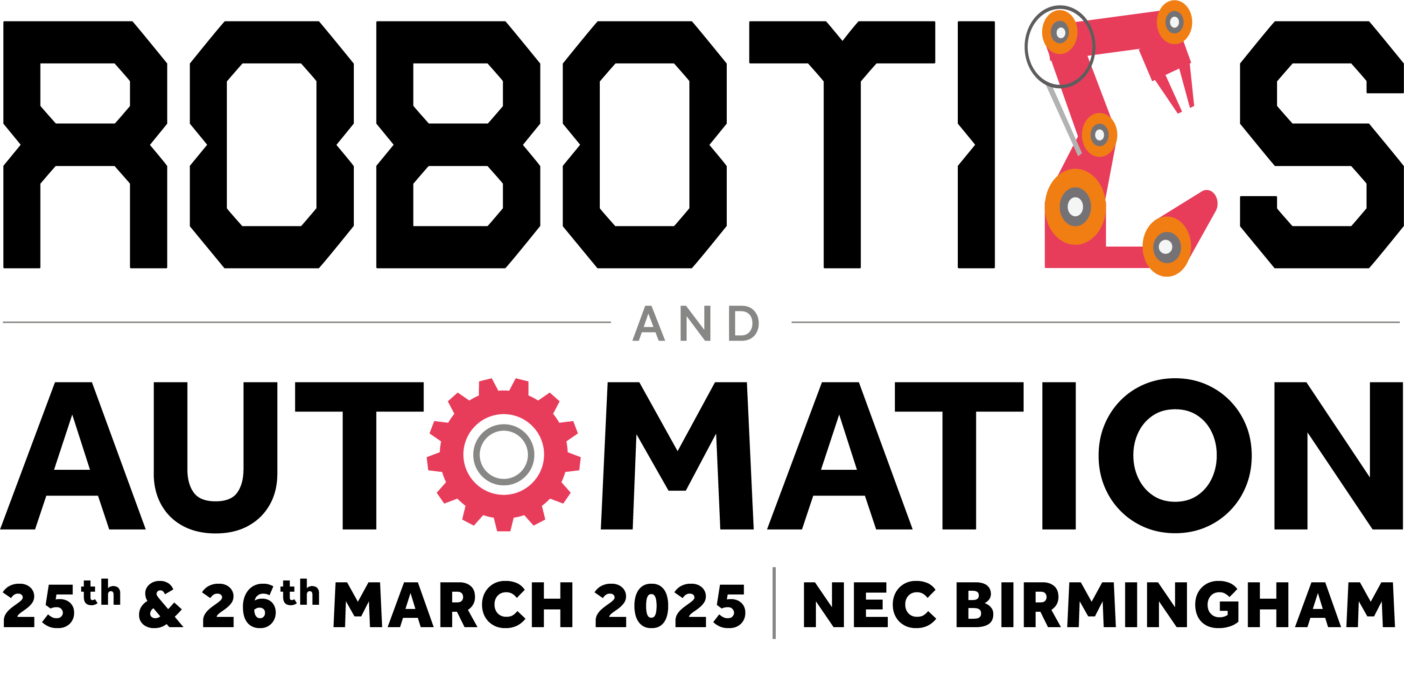Researchers at the Japan Advanced Institute of Science and Technology (JAIST) have made significant strides in the field of soft robotics with the development of Leafbot, a soft robot designed to navigate uneven surfaces and terrains with high flexibility.
The study detailing Leafbot’s capabilities was published in IEEE Transactions on Robotics.
The research team, led by Professor Van Anh Ho with doctoral students Linh Viet Nguyen and Khoi Thanh Nguyen, focused on Leafbot’s ability to adapt to a variety of terrains.
Unlike traditional robots that struggle with irregular surfaces, Leafbot uses a vibration-driven motion combined with a compliant structure of soft materials to manoeuvre through obstacles with minimal control mechanisms.
READ MORE: Clearpath Robotics announces new robot
Traditional vibration-based robots typically require complex algorithms to handle difficult terrains, but Leafbot’s design simplifies this process by using a soft monolithic silicone rubber body with curved projections that mimic limbs for crawling.
These limbs, along with a vibrating motor, allow the robot to move across different surfaces without the need for precise actuation, giving it a key advantage in unpredictable environments.
To understand the robot’s motion, the research team developed an analytical model that considers factors such as centripetal forces, asymmetric friction interactions, and limb deformation.
They also conducted finite element analysis simulations to refine their approach to the robot’s movement across varied terrains. This combination of theoretical modelling and empirical testing led to a deeper understanding of how specific limb configurations optimise performance on different surfaces.
The team conducted extensive tests with three different robot models, each having distinct limb configurations. These models were assessed on various terrains, including slopes, semi-circular barriers, and step-field obstacles. The results demonstrated that Leafbot’s curved limb design was crucial in allowing it to traverse slopes of up to 30 degrees and navigate around semi-circular barriers.
Leafbot’s ability to adjust to diverse environments makes it particularly useful for real-world applications, including disaster recovery missions where terrain is often uneven and obstructed by debris. Its ability to navigate confined spaces also makes it well-suited for tasks such as pipeline inspection, underground exploration, and other industrial operations that require autonomous mobility in tight or irregular environments.
Additionally, Leafbot holds promise for agricultural applications, such as soil analysis and crop inspection, where its adaptability can help perform precision farming while minimising disruption to delicate farm terrains.
The successful integration of theoretical modelling with experimental validation ensures that Leafbot’s design is not only effective in controlled environments but also scalable for a range of practical applications.
Join more than 11,000 industry leaders at Robotics and Automation Exhibition on 25-26 March 2025, at the NEC Birmingham to explore cutting-edge technologies, connect with peers and discover the latest innovations shaping the future of warehousing, manufacturing, engineering and logistics. Register for free now to secure your place at this premier event!







